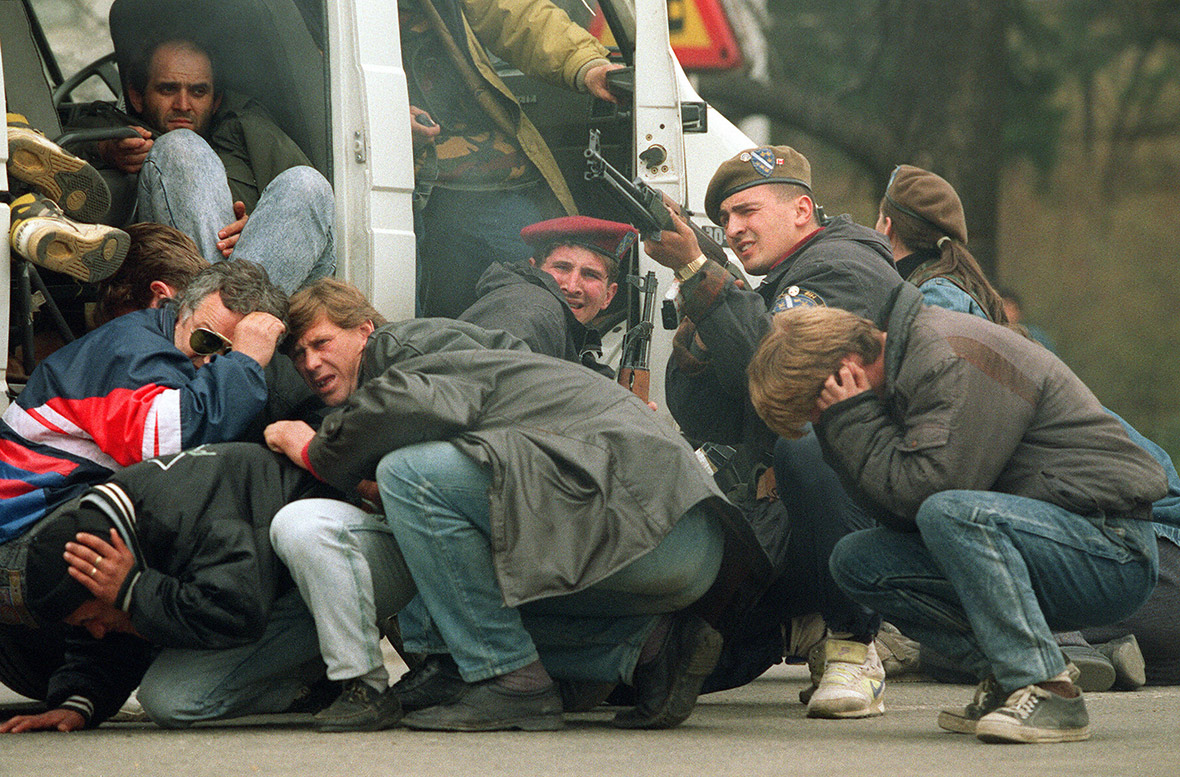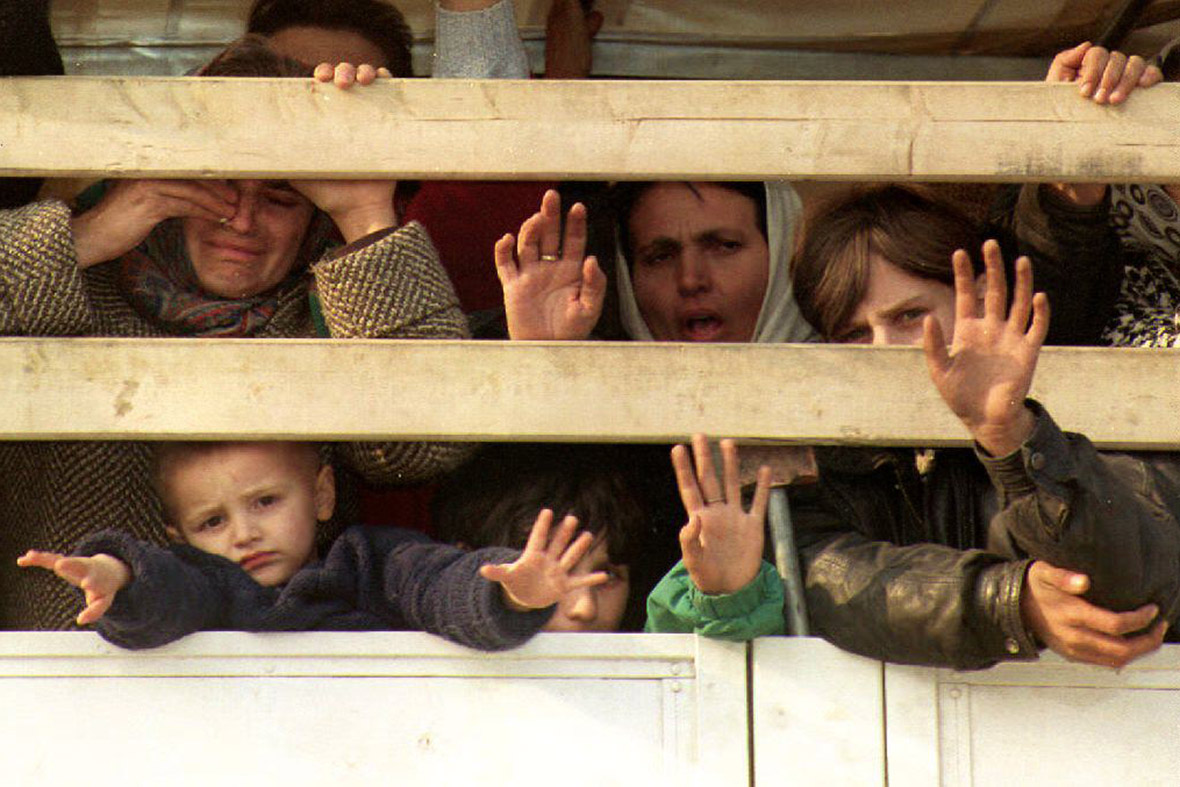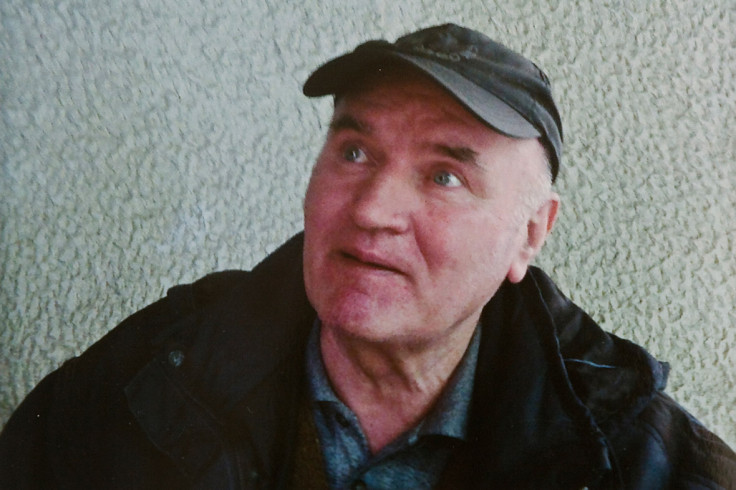Srebrenica massacre anniversary: Europe's worst atrocity since the Nazis
In July 1995, Bosnian Serb forces killed more than 8,000 Muslim men and boys in the Bosnian enclave of Srebrenica.
It is 22 years since the Srebrenica massacre, Europe's worst atrocity since the Nazis in World War Two. In July 1995, Bosnian Serb forces under the command of General Ratko Mladic killed more than 8,000 Muslim men and boys in the eastern Bosnian enclave of Srebrenica, a designated United Nations "safe haven".

War had broken out in Bosnia in April 1992. The Bosnian Serb army swept eastwards. Srebrenica, a town of 36,000 where Muslims made up 75 percent of the population, was taken over by Serb troops but Muslims regained it after several weeks.


Early in 1993, Serbs started an offensive on Muslim-held areas. The towns of Srebrenica and Zepa became isolated enclaves deep in Serb-held territory. Muslims from the area flocked to Srebrenica and the population swelled to 60,000. They had little food, water or medical supplies.


In April, Srebrenica, Zepa and Gorazde in eastern Bosnia were declared three of six UN 'safe areas'. The United Nations Protection Force deployed troops and the Serb attacks stopped. However, the town remained isolated and only a few humanitarian convoys reached it in the following two years.
Then-Bosnian Serb President Radovan Karadžić ordered that Srebrenica and Zepa be entirely cut off and aid convoys be stopped from reaching the towns.




On 9 July 1995, Karadžić issued a new order to conquer Srebrenica. Troops surrounded the enclave and attacked the observation posts of Dutch peacekeepers, taking about 30 soldiers hostage. The following day, Serbian forces started shelling Srebrenica. The Dutch threatened the Serbs with Nato air strikes if they did not withdraw by morning.
The next day Nato planes bombed Serb tanks outside Srebrenica. The Serbs threatened to resume shelling and kill the captured Dutch soldiers. Air strikes stopped and in the evening of 11 July, Bosnian Serb commander General Ratko Mladic entered Srebrenica.
An estimated 30,000 Muslim refugees packed around the Dutch peacekeeping base in Potocari, just north of Srebrenica, after Bosnian Serb forces seized the 'safe area'. Mladic sought to calm them, telling the crowd they did not need to be afraid.




Bosnian Serb forces put the frightened refugees on to buses to leave. Many of the refugees were evacuated to Kladanj, 30 miles away on the edge of government-held territory.
The UN noticed that most of the refugees arriving from Srebrenica were women, children, and the elderly and became concerned about the fate of the men.






Over the week that followed the fall of Srebrenica, a total of about 8,000 men and boys from the enclave are estimated to have been killed by Bosnian Serb forces in detention or while trying to flee through the woods.
Men were crammed into warehouses, schools and barns in the area outside Srebrenica. They were shot and their bodies were dumped in mass graves. Serb forces subsequently dug up the bodies and scattered them in a systematic effort to conceal the crime. UN war crimes investigators later excavated the mass graves, but over 1,000 bodies are still missing.


Identification of the bodies is difficult: bodies were broken up by excavators that bulldozed them into mass graves. Bodies were also moved from the original graves to secondary locations to conceal the crime. Forensic experts painstakingly work through what is left of the bodies found in the hundreds of mass graves that have been discovered in the area.
Every year on 11 July, the remains of those who have been identified over the past year are buried at the Memorial Centre in Potocari.










Karadzic was indicted along with military chief General Ratko Mladic in 1995 but evaded arrest until he was captured in Belgrade, Serbia, in 2008. At the time, he was posing as a New Age healer named Dr Dragan Dabic, and was disguised by a thick beard and shaggy hair.



Mladic is on trial for genocide before a UN war crimes tribunal with a verdict expected later this year.

Most Serbs, both in Bosnia and Serbia whose 1990s leadership armed and funded Bosnian Serb forces, strongly deny that the massacre was genocide as judged by the UN war crimes tribunal for former Yugoslavia.
They dispute the death toll and the official account of what happened, reflecting conflicting narratives about how and why Yugoslavia broke up in bloodshed. That divide continues to hinder reconciliation and stifle Bosnia's progress toward integration with Western Europe. The Balkan country today is split into autonomous Serb and Bosniak-Croat entities.
In June 2017, a Dutch appeals court confirmed that the Netherlands was partly liable for the deaths in 1995 of some 300 Muslim males who were expelled from a Dutch UN base after the surrounding area was overrun by Bosnian Serb troops. The ruling by the Hague Appeals Court upheld a 2014 decision that Dutch peacekeepers should have known that the men seeking refuge at the base near Srebrenica would be murdered by Bosnian Serb troops if they were forced to leave – as they were.
The Dutch government resigned in 2002 after acknowledging its failure to protect the refugees, but it said then that the peacekeepers had been on 'mission impossible'.
© Copyright IBTimes 2025. All rights reserved.






















